

About | History | Research | Images | Tour | Activities
The Icing Branch performs research activities related to the development of methods for evaluating and simulating the growth of ice on aircraft surfaces, the effects that ice may have on the behavior of aircraft in flight, and the behavior of ice protection/detection systems.
In the Icing Research Tunnel, researchers study:
- how ice forms on aircraft surfaces - given the geometry, the airspeed, the temperature, and cloud characteristics
- how the ice affects the wing/inlet performance (I need this much lift; but with ice I'm only getting this much ...) and
- how to either remove the ice or keep it from forming - ice protection systems.
When models are placed in the tunnel, all forward-facing surfaces accumulate ice. Shown below are several images of research conducted in the Icing Research Tunnel.
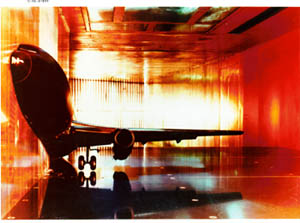 |
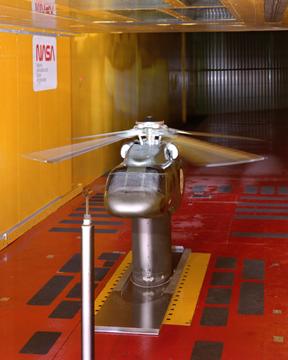 |
|||
| Boeing 737 half span model during ground deicing/anti-icing fluid test. | ||||
| 1/6 scale Sikorsky Blackhawk helicopter model during rotor ice accretion test. | ||||
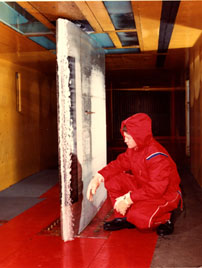 |
||||
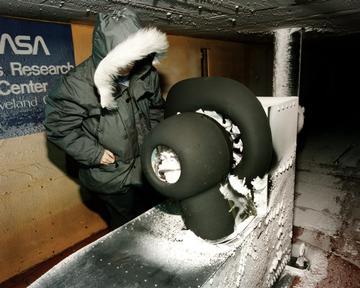 |
||||
| Wing
Section Test NOTE: The wing is mounted vertically in the Icing Research Tunnel. |
||||
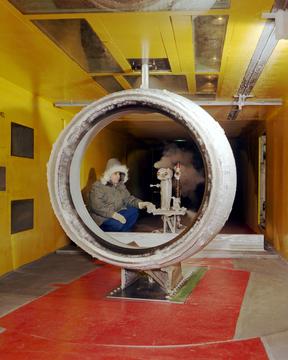 |
||||
 |
||||
| Lightning Strike Testing | ||||
 |
||||
| A-10 airplane inlet test | ||||
Please send any comments to:
Web Related: David.Mazza@grc.nasa.gov
Technology Related: Thomas.J.Benson@grc.nasa.gov
Responsible NASA Official: Theresa.M.Scott (Acting)
